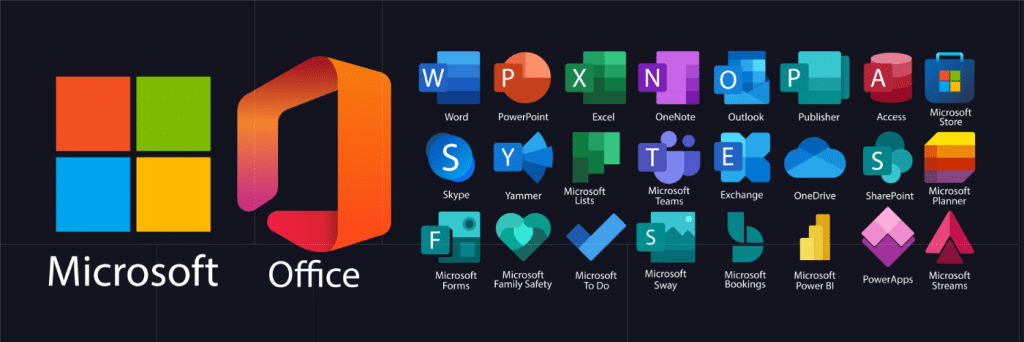
Cloud services have become the backbone of agile, efficient, and innovative businesses. For small businesses, the cloud opens up a world of possibilities, offering the kind of flexibility, scalability, and security once reserved for larger corporations. Whether it’s streamlining operations with cloud storage, enhancing collaboration with cloud-based tools, or ensuring data security with robust backup solutions, cloud services are transforming the way small businesses operate.
Adopting cloud services means saying goodbye to the traditional constraints of physical hardware and local storage. Imagine having the ability to access your business data and applications from anywhere, at any time, on any device. This level of accessibility not only supports remote work but also ensures that your business can continue to operate smoothly in the face of unexpected challenges, such as natural disasters or global pandemics. Moreover, with scalable cloud solutions, you pay only for what you use, allowing you to adjust resources according to your business’s fluctuating needs.
However, transitioning to the cloud can seem daunting. Concerns about data migration, security, and choosing the right services are common. That’s where we come in. Our expertise in cloud services for small businesses means we’re perfectly positioned to guide you through this transition. We understand the unique needs and challenges of small businesses and offer personalized solutions that are not just about adopting technology but about enhancing your business’s operational efficiency, collaboration, and growth potential.

At Net Works, Inc, we believe in making technology accessible and empowering for small businesses. Our comprehensive cloud services—from setting up cloud-based email and storage solutions to implementing virtual desktop infrastructures and ensuring robust data protection—are designed with your success in mind. Let us help you unlock the full potential of the cloud, so you can focus on what you do best: growing your business and serving your customers.
QuickBooks Remote Desktop
Office 365 Migration
Offsite Storage and Backups
Remote and Hybrid Work Environments
Virtual Cloud Servers

Ensuring your staff has uninterrupted access to critical files and folders is essential for maintaining productivity and meeting deadlines. But the unexpected can always happen. data can get lost, or files can become corrupt. In such events, the absence of a dependable backup solution could lead to significant delays in recovery, affecting your business operations and customer satisfaction.
Our Managed Backup service is designed with your business’s continuity in mind. It goes beyond simple data storage, providing an encrypted, secure, and automated solution that backs up your data to offsite servers. This ensures that, no matter the situation, be it natural disaster, cyberattack, or human error, your data is safe and can be quickly restored to keep your business running smoothly.
We understand the importance of not just backing up your data but ensuring it can be reliably restored when needed. That’s why our service includes regular test restores and continuous monitoring to verify that backups are successful and your data is always recoverable.
Input your search keywords and press Enter.